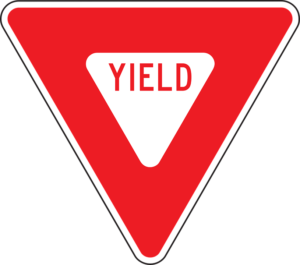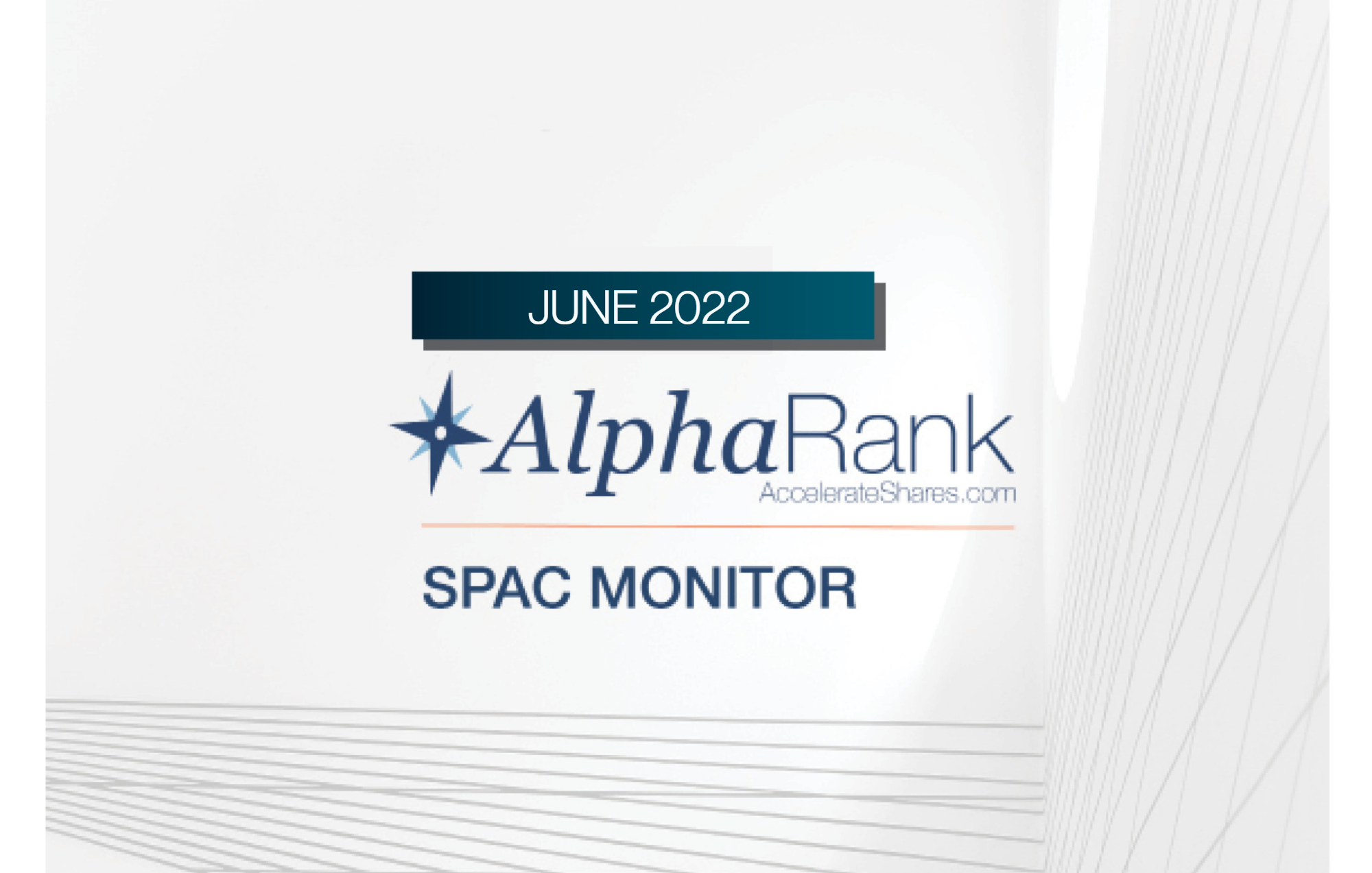
July 04, 2022 – From their bear market low of -4.1% (negative 4.1%!) in February 2021, SPAC yields have continued to surge upward as investor sentiment sinks to new lows.
Over the past month, SPAC arbitrage yields have risen from 4.6% to 5.5%.
 Source: Accelerate
Source: Accelerate
While the average bond yield has flatlined since mid-June, SPAC yields have continued to run such that they now offer the highest yield spread above bonds on record.
However, there are some significant differences between SPACs as yield vehicles compared to bonds.
First, SPACs have nil credit risk, as they only hold cash or short-term Treasury bills in trust.
Second, SPACs have a low average duration of just over 7 months while the bond index has a duration of nearly 7 years.
SPACs’ low average duration limited losses to -0.1% for the month and -0.1% year-to-date while the bond index fell -2.0% and -10.7% for the equivalent periods, respectively.
In a rising rate environment, low duration is where an investor wants to be.
In the spring of 2021, during the frenzy when 100% of SPACs were trading at premiums to NAV, black check companies were pitched as the democratization of early-stage investing, offering every-day investors access to exciting new high-growth companies that were previously only accessible to venture capital firms. Investors and speculators were so keen on this opportunity that some pre-deal SPACs were trading at upward of a 60% premium to their cash in trust.
Now that yields have flipped from hugely negative to highly positive, SPACs are purely viewed as buy-to-redeem yield vehicles. Sentiment is poor, with 99% of SPAC trading at a discount to NAV. It is as if zero people want access to exciting new high-growth companies that were previously only accessible to venture capital firms.
As such, the current market environment provides some opportunities and challenges.
The opportunity is straightforward – investors can earn a low-risk 5.5% yield by buying and redeeming SPACs trading at a discount to NAV. In a rising rate environment in which the bond index yields 4.4%, a higher yield from SPACs with lower duration and less credit risk makes sense.
The challenge is more nuanced. The high yields have made new SPAC issuance extremely expensive for sponsors, given they need to offer sufficient kickers to incentivize investors, including overfunding the trust, to match the average 5.5% yield offered by existing SPACs (of which many are trading at 96 to 97 cents on the dollar).
In addition, the SPAC warrants that sponsors had previously used to incentivize investors to participate in the blank check’s IPO have lost nearly all their value. Year-to-date, the SPAC warrant index is down nearly -80%. Talk about a bombed-out asset!
 Source: Accelerate
Source: Accelerate
The abnormally high yields of existing SPACs combined with shockingly low warrant prices have combined to make new issuance extremely challenging. In June, just three SPACs IPO’d, raising a total of $360 million. This is the smallest amount raised since October 2019, and down -93% from March 2021.
 Source: Accelerate
Source: Accelerate
Nonetheless, given the market is tremendously oversupplied with SPACs, a slowdown in issuance is what the market needed. From July to October of last year, more than $10 billion per month flowed into SPAC IPOs. In Q1 2021, investors sunk more than $20 billion per month into new SPAC issuance. The market went from 90 SPACs pre-Covid to now more than 700. There are still nearly 600 blank check companies looking for a deal.
In any event, we believe $2-5 billion in monthly SPAC IPO issuance is sustainable, leading to a sub-$50 billion market with fewer than 200 SPAC outstanding. This implies that the SPAC market may shrink by two-thirds. A shrinking of the SPAC market would be positive for investors, as it would eliminate the supply glut and lead to more rational pricing.
While new issuance has slowed to a crawl, the current set of existing SPACs have remained relatively active. For example, over the past month, 11 business combinations were announced while 10 blank check mergers were completed and 2 SPACs liquidated. We also continue to see an elevated number of SPAC deal terminations as the majority of investors redeem their capital from trust and mergers do not meet minimum cash thresholds.
We expect liquidations to increase, in which SPAC investors get their money back plus accrued interest. Therefore, for an investor to maximize value in the current market environment, it is important to focus on the highest-quality sponsor teams with the best probability of successfully completing a deal. We have been high-grading the portfolio in the Accelerate Arbitrage Fund (TSX: ARB) by acquiring top-tier sponsored SPACs at yields above 5%.
Historically, SPACs run by top-tier sponsors were generally never available at a discount to NAV. With market sentiment low, investors are no longer discriminating between SPAC sponsor quality and deal potential. Enterprising investors can now buy low-duration SPACs run by top-tier sponsors at yields higher than 5%.
With this attractive opportunity set available in SPAC arbitrage, why invest in the bond index?
The Accelerate AlphaRank SPAC Monitor details various metrics on the current opportunity set while offering details on every individual SPAC currently outstanding. The Accelerate AlphaRank SPAC Effective Yield tracks the average arbitrage yield offered. The Accelerate AlphaRank SPAC Index tracks the price return of the SPAC universe.



* AlphaRank is exclusively produced by Accelerate Financial Technologies Inc. (“Accelerate”). Visit AccelerateShares.com for more information. Disclaimer: This research does not constitute investment, legal or tax advice. Data provided in this research should not be viewed as a recommendation or solicitation of an offer to buy or sell any securities or investment strategies. The information in this research is based on current market conditions and may fluctuate and change in the future. No representation or warranty, expressed or implied, is made on behalf of Accelerate as to the accuracy or completeness of the information contained herein. Accelerate does not accept any liability for any direct, indirect or consequential loss or damage suffered by any person as a result of relying on all or any part of this research and any liability is expressly disclaimed. Accelerate may have positions in securities mentioned. Past performance is not indicative of future results.




